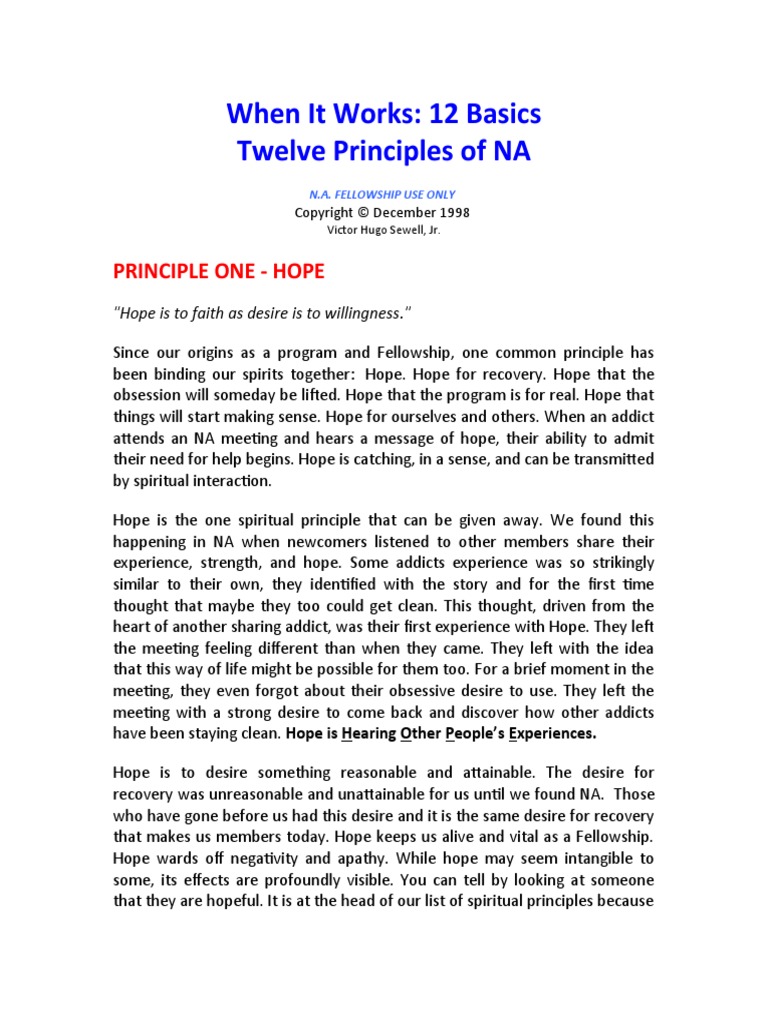Corporal And Spiritual Works of Mercy Worksheet
The Corporal and Spiritual Works of Mercy are a set of fourteen actions that Catholics believe are important for showing compassion and care for others. These works are divided into two categories: corporal, which deal with the physical needs of others, and spiritual, which deal with the emotional and spiritual needs of others.
The corporal works include feeding the hungry, clothing the naked, and sheltering the homeless, while the spiritual works include comforting the sorrowful, forgiving others, and praying for the living and the dead. By performing these works, Catholics believe they are fulfilling Jesus’ commandment to love one another as he loved us.

Credit: www.facebook.com
Corporal Works Of Mercy
Corporal Works of Mercy are acts of compassion and kindness towards the physical needs of others. These acts are rooted in the teachings of Jesus and are a fundamental aspect of Christian charity. The Corporal Works of Mercy are practical ways to help those in need and show love and empathy for the less fortunate.
Feed The Hungry
Feeding the hungry is a fundamental act of charity that addresses the immediate physical need for nourishment. It involves providing food to those who lack the means to feed themselves, offering sustenance and support to those in need.
Give Drink To The Thirsty
Providing water and drinks to the thirsty is an essential act of mercy, addressing the basic human need for hydration. It involves offering refreshment and relief to those who lack access to clean water or basic beverages.
Shelter The Homeless
Sheltering the homeless involves providing housing and accommodation to those without a place to call home. It is a critical act of mercy that addresses the fundamental need for shelter and security.
Visit The Sick
Visiting the sick is a compassionate act of mercy that involves offering comfort and companionship to those who are unwell. It demonstrates care and concern for individuals who may be isolated or in need of support.
Visit The Imprisoned
Visiting the imprisoned is an act of mercy that involves reaching out to those who are incarcerated, offering companionship, spiritual guidance, and support to individuals who may feel isolated or forgotten.
Bury The Dead
Burying the dead is a solemn act of mercy that involves showing respect and dignity to the deceased. It encompasses providing funeral rites and support to the grieving, honoring the departed with compassion and reverence.
Clothe The Naked
Clothing the naked is a merciful act that addresses the basic need for clothing and protection. It involves providing garments and warmth to those who lack adequate attire, offering dignity and comfort to those in need.
Spiritual Works Of Mercy
Spiritual Works of Mercy are acts of compassion that focus on the emotional and spiritual well-being of others. These actions are rooted in the teachings of Christianity and aim to bring comfort, guidance, and support to those in need.
Counsel The Doubtful
Offer guidance and reassurance to those who are uncertain or struggling with their faith.
Instruct The Ignorant
Provide knowledge and education to those who lack understanding or awareness.
Admonish The Sinner
Offer constructive criticism and advice to help individuals recognize and repent for their wrongdoings.
Comfort The Sorrowful
Provide solace and empathy to those who are experiencing grief or distress.
Forgive Injuries
Show mercy and compassion by forgiving those who have wronged you.
Bear Wrongs Patiently
Practice patience and tolerance when facing injustices or mistreatment.
Pray For The Living And The Dead
Offer prayers for the well-being of both the living and deceased individuals.
Comparison
When comparing the Corporal and Spiritual Works of Mercy, it is important to understand the differences between the two. Both types of works are essential for fulfilling the teachings of Christ and serving others, but they have distinct characteristics that set them apart.
Differences Between Corporal And Spiritual Works Of Mercy
The Corporal Works of Mercy focus on meeting the physical needs of individuals, such as feeding the hungry, clothing the naked, and sheltering the homeless. These actions directly address the tangible needs of others and provide immediate relief.
The Spiritual Works of Mercy, on the other hand, are centered on addressing the emotional and spiritual well-being of individuals. Examples include comforting the sorrowful, forgiving offenses, and praying for the living and the dead. These works aim to offer guidance, solace, and support on a deeper level.
Here’s a quick comparison between the two types of works:
| Corporal Works of Mercy | Spiritual Works of Mercy |
|---|---|
| Address physical needs | Address emotional and spiritual needs |
| Immediate relief | Long-term impact |
| Tangible actions | Emotional and spiritual support |
Importance
When it comes to the Corporal and Spiritual Works of Mercy, understanding their importance is crucial. Practicing these acts of mercy not only benefits the recipient but also enriches the soul of the giver. The significance of incorporating these works into daily life cannot be overstated, as they are a fundamental aspect of living a fulfilling and compassionate existence.
Significance Of Practicing Works Of Mercy In Daily Life
Embracing the Corporal and Spiritual Works of Mercy in our daily lives holds immense importance. The significance lies in the transformative impact these acts have on both individuals and communities. By engaging in these works, individuals cultivate empathy, kindness, and selflessness, contributing to the betterment of society as a whole.
Moreover, incorporating these works into daily routines fosters a sense of purpose and fulfillment. It allows individuals to connect with others on a deeper level, fostering a community built on compassion and understanding. Additionally, these acts serve as a reminder of the inherent dignity and worth of every human being, promoting a culture of respect and inclusion.
By practicing the Corporal and Spiritual Works of Mercy, individuals not only alleviate the suffering of others but also experience personal growth and spiritual nourishment. These acts serve as a testament to the transformative power of compassion and empathy, enriching the lives of both the giver and the recipient.
Examples
Real-life Situations of Applying Corporal and Spiritual Works of Mercy
Acts Of Corporal Works Of Mercy
1. Providing food and shelter to the homeless
2. Visiting the sick and elderly to offer companionship
3. Donating clothes and other essentials to those in need
Acts Of Spiritual Works Of Mercy
1. Comforting someone who is grieving
2. Praying for those who are in difficult situations
3. Offering forgiveness and understanding to those who have wronged you

Credit: in.pinterest.com
Challenges
Obstacles In Implementing Works Of Mercy
Implementing the Corporal and Spiritual Works of Mercy can be a transformative experience, but it’s not without its challenges. Overcoming these obstacles is crucial to fully embracing the principles of mercy and compassion.
Ensuring Each Heading Adheres To Html Syntax
When discussing the challenges of implementing the Works of Mercy, it’s important to address the obstacles that individuals and communities may encounter. These obstacles can hinder the effective execution of acts of mercy and require thoughtful consideration and problem-solving.

Credit: www.thereligionteacher.com
Conclusion
In practicing corporal and spiritual works of mercy, we embrace compassion and kindness. It is through these actions that we make a tangible difference in the lives of others. Let us continue to extend love and support to those in need, fostering a more caring and connected community.







